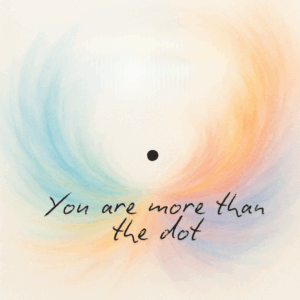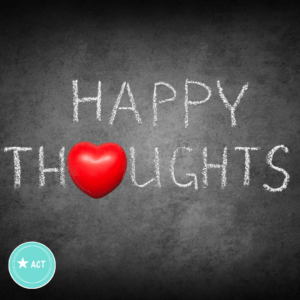The Happiness Advantage (Blog by Mel Richens)
This thought-provoking, yet amusing TED Talk by Psyschologist Shawn Achor sets out to explain what he calls the happiness advantage. He seeks to turn the old notion that “I’ll be happy when I’m successful” on its head. In fact, we are much more likely to be successful when we are happy.
Happy people and those with a positive outlook have been shown time and time again in research studies to perform better, be more productive, be more resilient and at a lower risk of burnout.
“Your brain at positive is 31% more productive than your brain at negative, neutral or stressed” Shawn Achor
The lens through which we view the world shapes our reality. If we use a positive, solution focussed lens, we will see opportunities and positive outcomes where others may only see doom and despondency.
Ways to promote Happiness
One of the simplest ways to train our brains to use the happiness advantage is to develop the habit of looking for things to be happy about. Here are a couple of ways to develop (and maintain) the habit:
- Journaling – writing about one positive experience at the end of each day.
- Keep a gratitude log – note down 3 things that you were grateful for at the end of each day.
Both methods have the benefit of enabling us to relive the positive experiences of the day and so feel more positive in the moment. They are also training our brains to look for positive experiences and things to be grateful for. The biggest surprise may be that most of the things will always have been there. We just didn’t pay attention or notice them.
We could say that happy people are happy because they are always looking for (and finding) reasons to be happy.
Applying the happiness advantage to Goal setting
We can also apply this positive lens to setting goals. The first step ought to be to set a clear goal, but that is not enough. The next step is to ask yourself how you will know that you are making progress towards successfully achieving the desired outcome.
In other words – what evidence will demonstrate that you are on track and moving towards it? Then you can ask what specifically you will see, hear and feel when you have achieved the goal. Answering these questions primes the Reticular Activating System in our brain to look for and notice this evidence.
(Note: The Reticular Activating System is the part of us that notices things which we label as important. Have you ever decided that you wanted to buy something, e.g. a car, an outfit, a holiday, and then you started to notice those things. Well that’s your reticular activator bringing those things to your attention. The good news it can be consciously programmed)
The best thing
The best thing about looking for and find evidence of progress is that we receive a dopamine hit. Dopamine is our bodies reward chemical. The dopamine hit makes us feel good and even more motivated to take the next step. Using this approach not only defines our finishing line so that we are clear when it has been reached, but also ensures we are regularly rewarding ourselves for making progress – in other words, it gets us moving and keeps us moving!
The TED talk
You can watch the full Ted Talk below.
The ACT course uses this approach to setting and achieving goals – sharing an approach that uses the way our brains work to improve our chances of success.
Conclusion
So if you want to learn more about how to be happier, develop resilience and self confidence contact me at ACT-Hypnotherapy for a free no-obligation consultation.
At the consultation I’ll explain how the brain works, how we create anxiety, depression and anger, and their associated behaviours, but more importantly let you know what we can do about them.
Accreditation:National Council of Hypnotherapy (NCH), Association of Solution Focused Hypnotherapy (AfSFH),Association of Neuro-linguistic Programmers (ANLP)





